- NEW DVD Series – Stone Setting with Bezels
- Tube Set Charm by Kim St. Jean
- Prong Basket Pendant by Kim St. Jean
- NEW DVD Series – Stone Setting with Cold Connections
- New DVD Series – Stone Setting with Wire
- NEW DVD Series: Introduction to Stone Setting by Kim St. Jean
- Featured Tool: Bracelet Bending Plier
- NEW Dvd by Eva Sherman
- Fun, Fast Fold Forming DVD Series
- Double Band Ear Cuff from Alex Simkin
Pricing Your Wire Jewelry
by Judy Ellis, Wire-Sculpture.com
Wire Jewelry Tip for July 9, 2014
Pricing Your Wire Jewelry
Last week we took a look at easy jewelry you can make while you sell, either at a show or a festival. Today we are going to take a look at an older article from our blog that addresses “How to Price Your Jewelry Wire” by Dale Armstrong:
A few simple suggestions:
Please keep in mind that the following methods are not “set in stone,” as many people have their own formulas that work well for them. Rather, this is how both my personal students and I price our work. Note: none of us sell wholesale, as we are artists, not manufacturers.
Pricing is always the most difficult part of any art form, and jewelry is the hardest to determine, as there are so many ways to price. When you are making and selling jewelry in today’s economy, you may not be able to receive the compensation you fully deserve, but you should be able to survive if you price correctly for your area.
- Most hobbyists (those who make pieces as a way to relax and to obtain a little extra cash) will take the price of their materials and multiply by 3.
- Weekend craft show warriors (who participate in shows close to home, so there is no added expense of hotels) often multiply the cost of their materials by 5.
- Many of my personal students will multiply their materials cost by 3 and then add a realistic hourly rate for their time, beginning at $10/hr. Please note, this time does not include any learning curve; rather, when you can make a piece without hesitation and no mistakes, that amount of time is what we charge for.
As you become more proficient with your skills, and the piece is made more quickly, then you are increasing your rate of pay per hour. Example: when beginning, an about-perfect bangle takes you 3 hours to create at $10/hr. Later, with experience, the same quality piece takes just an hour, and you have increased your rate of pay to $30/hr.
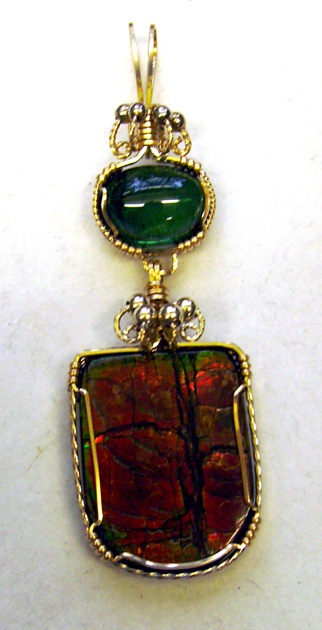
“Dragon’s Eye”, an ammolite joined to a cat’s eye tourmaline, created in 14k solid gold wire by Dale Cougar Armstrong.
Of course, special pieces deserve special prices, such as a one-of-a-kind pendant or ring with the only stone “cut just like that,” for which you can ask whatever you like. If your one-of-a-kind piece sits in your case for a year and is well-behaved, it doesn’t eat anything, so it doesn’t matter if it sells immediately or not. If you set a special stone in a serious metal such as 14k or 18k, same scenario; I would just as soon not sell it than give it away.
To be able to sell your pieces in today’s “I want it for nothing” world, you need to get them out there. Here is the link to an article I wrote to give you ideas for sales venues: Where to Sell Your Wire Jewelry.
Displaying Your Work:
When displaying your work, no matter where, be sure divide your jewelry inventory into percentages of items priced according to the potential market.
For example, try having:
- 20% of your items priced from $20 and under (for example, headpin earrings or little bead rings, made with crystals or unusual gemstone beads like agates and jaspers)
- 30% priced from $48 to $25 (wrapped crystals, more elaborate earrings, regular cab pendants, etc)
- 30% priced from $85 to $48, and
- 20% priced specialty items from $90 and up.
It’s also smart to have a few designer pieces (priced wherever you want) to show just what you are capable of. Not only will these will attract higher-end customers, but also may catch the eye of gallery owners, etc.
Often, my specialty and designer pieces attract more sales because folks would really love to have one but can’t afford it at the time, so they purchase a lower priced item just so they can take a piece of my work home. I always have several of these customers return the following year, looking for me, because they are now ready for a special purchase or a custom order.
Unfortunately, there is no one, single pricing formula that will work for everyone. My advice is to test the waters to see what your potential customers are willing to pay, and go from there.
Don’t just give your pieces away!
For example, someone attempts to convince you that the bracelet you have invested $30 worth of materials and 2 hours of your time in is not worth more than $35, and that you need to sell it to them! Don’t listen to that. Personally, I have had to remove items and put them in my pocket to end an occasional situation such as this.
Remember, Inspiration comes from every Where and every Thing!
Happy Wrapping!
![]()
Do you love this information- why not sign up today for your FREE Jewelry Making Patterns. It’s a great place to start!
Click to Receive Daily Tips by Email





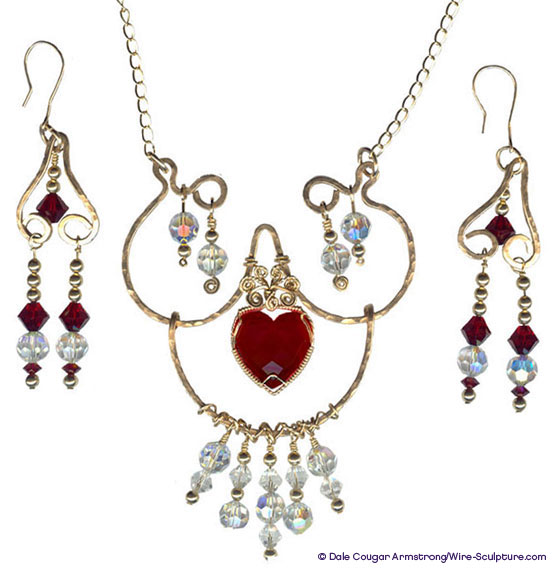
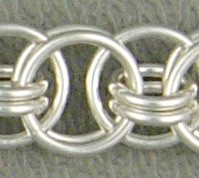
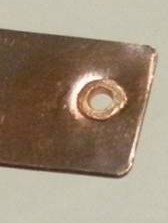
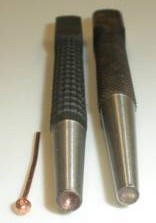















Sue Lovelace
July 9, 2014 at 6:13 am
Thank you this was a particularly great article
Jacalyn Pillion
July 9, 2014 at 6:56 am
Great article. This reaffirms everything I have been pondering with regard to pricing my pieces. Thank you
Janice Fingado
July 9, 2014 at 12:14 pm
Your comment about today’s “I want it for nothing world” really struck home, as I price my pieces for selling on my website. It’s the same in the real estate market, etc. as people are only interested in making a “deal” and are completely unaware of the value of an artisan article. Or maybe it’s worse, because they DO know the true value. It’s not going to change: the country is too engrossed with commercialism. Your percentages of various prices was very useful.
beverly
July 9, 2014 at 12:23 pm
Unfortunately most of the people in my park are those wanting something for nothing. I\’ve been attending the craft sale in my park for many years now and am frustrated to the point of not attending. I get mostly lookee loos and nice complements but few sales. I try to price according to the market charging 3x materials for most of my pieces but then I feel like I\’m still giving them away. I haven\’t ventured out beyond my park\’s craft sale too many times as it hasn\’t been worth my time and costs either. I\’m fearful also of trying my own website or using etsy or other sites for the same reasons. I do have a facebook page and have considered posting some of my pieces there. How to get started is my problem. Any help would be greatly appreciated from someone who has gone that route. Will it be worth the effort?????? Thank you for this very indepth article, I really appreciate all the information and the free patterns I get sent by email. Very well written instructions, easy to follow, I\’ve made most of them. BeBeaz
Denise
July 9, 2014 at 4:22 pm
Excellent tip! Thank you for sharing! I will definitely be back often for more great tips!
Sandra
July 11, 2014 at 12:47 pm
Thank you for this article. I too have had a lot of looky lous & it’s discouraging to not make your table costs back at shows. I do see other artists at the shows & they all tell me that sales are down right now. Sucky ecomony! I love all the articles & the instructions are very clear & easy to understand. Thanks for a great site!
Barbara Martin
July 11, 2014 at 6:53 pm
In my area, if I want to sell any thing, I can only price at $10-15 above my cost. At triple, they look at me like I am nuts, drop the piece like they have been burned, and leave as fast as they can. Double was just as bad. I live in a small TX town outside one of our largest cities. Any ideas? A local jeweler has told me that my quality could be sold in a jewelry store and that, of course, I am way underpricing.
Audra Stock
July 12, 2014 at 10:08 am
This was extremely helpful. I sell my stuff way under value because I thought it would at least generate a little revenue. However, I see now that it is better to hold on to my creations and re-evaluate my pricing.
Thank you,
Audra S./wayne, mi
Elizabeth Borris
July 12, 2014 at 6:02 pm
Thank you so much for this timely information. This for me right now is the biggest stumbling block to having me achieve some success in selling my work. I found it very informative.